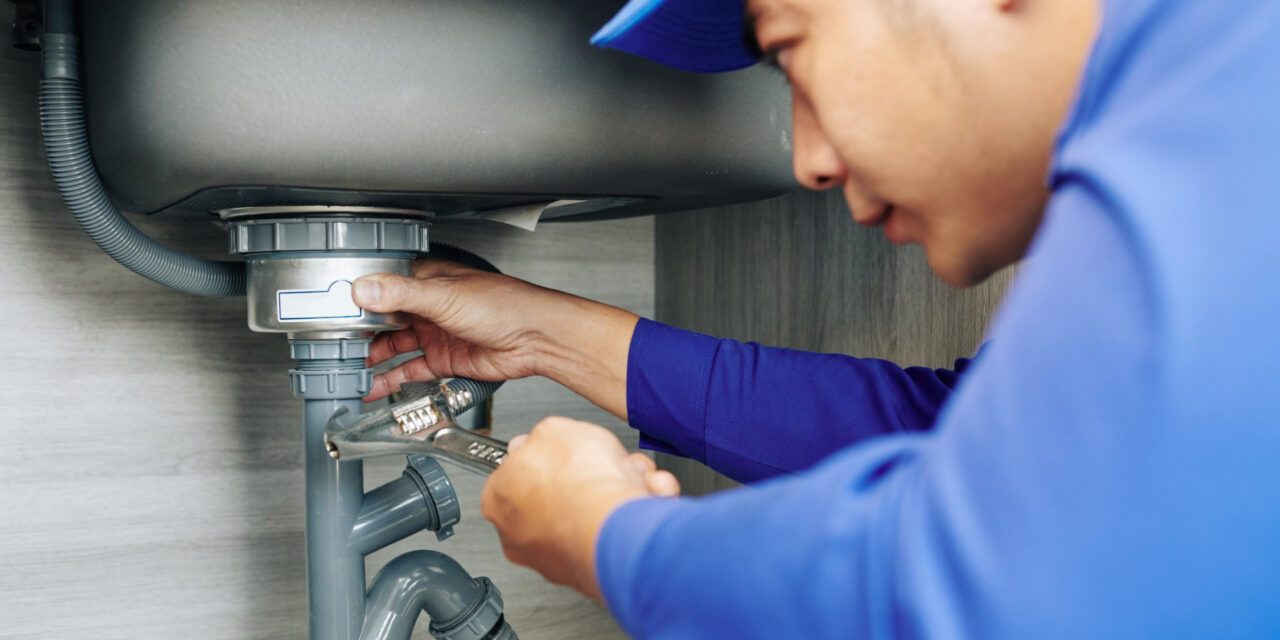What're your ideas regarding Detecting hidden plumbing leaks?

Early discovery of leaking water lines can mitigate a possible disaster. Some little water leaks may not be visible.
1. Check Out the Water Meter
Every residence has a water meter. Inspecting it is a proven manner in which helps you discover leaks. For starters, shut off all the water resources. Guarantee nobody will certainly purge, utilize the faucet, shower, run the washing machine or dishwasher. From there, go to the meter and watch if it will certainly alter. Considering that no one is utilizing it, there should be no movements. If it moves, that indicates a fast-moving leakage. Likewise, if you discover no changes, wait an hour or 2 and inspect back again. This suggests you may have a sluggish leakage that could also be below ground.
2. Check Water Intake
If you spot abrupt adjustments, despite your intake being the exact same, it means that you have leakages in your plumbing system. An unexpected spike in your bill indicates a fast-moving leakage.
A steady increase every month, even with the same routines, reveals you have a slow-moving leakage that's also slowly rising. Call a plumber to completely examine your home, especially if you feel a cozy location on your floor with piping underneath.
3. Do a Food Coloring Examination
When it comes to water consumption, 30% comes from bathrooms. If the color in some way infiltrates your bowl during that time without flushing, there's a leakage in between the container and dish.
4. Asses Outside Lines
Do not forget to inspect your outside water lines as well. Examination spigots by connecting a garden pipe. Ought to water seep out of the link, you have a loose rubber gasket. Replace this and make sure all links are limited. If you have actually got an automatic sprinkler, it will help get it expertly checked out as well as kept every year. One small leakage can squander tons of water and increase your water bill.
5. Examine and also Assess the Situation
Property owners ought to make it a practice to check under the sink counters as well as even inside cabinets for any type of bad odor or mold and mildew growth. These two red flags show a leak so prompt focus is required. Doing routine assessments, even bi-annually, can save you from a major issue.
If you recognize your home is already old, keep a careful eye on your heating units, pipes, pipes etc. Look for stainings and damaging as a lot of devices as well as pipelines have a life span. They will likewise naturally weaken due to wear and tear. If you presume leaking water lines in your plumbing system, do not await it to intensify. Call an expert plumber right now so you don't wind up with a dreadful mess in your house.
Early discovery of leaking water lines can reduce a potential catastrophe. Some small water leakages may not be visible. Inspecting it is a surefire means that assists you uncover leaks. One small leak can waste lots of water as well as surge your water costs.
If you suspect dripping water lines in your plumbing system, don't wait for it to rise.
WARNING SIGNS OF WATER LEAKAGE BEHIND THE WALL
PERSISTENT MUSTY ODORS
As water slowly drips from a leaky pipe inside the wall, flooring and sheetrock stay damp and develop an odor similar to wet cardboard. It generates a musty smell that can help you find hidden leaks.
MOLD IN UNUSUAL AREAS
Mold usually grows in wet areas like kitchens, baths and laundry rooms. If you spot the stuff on walls or baseboards in other rooms of the house, it’s a good indicator of undetected water leaks.
STAINS THAT GROW
When mold thrives around a leaky pipe, it sometimes takes hold on the inside surface of the affected wall. A growing stain on otherwise clean sheetrock is often your sign of a hidden plumbing problem.
PEELING OR BUBBLING WALLPAPER / PAINT
This clue is easy to miss in rooms that don’t get much use. When you see wallpaper separating along seams or paint bubbling or flaking off the wall, blame sheetrock that stays wet because of an undetected leak.
BUCKLED CEILINGS AND STAINED FLOORS
If ceilings or floors in bathrooms, kitchens or laundry areas develop structural problems, don’t rule out constant damp inside the walls. Wet sheetrock can affect adjacent framing, flooring and ceilings.
https://www.servicemasterbyzaba.com/blog/how-to-detect-water-leakage-in-walls/

Do you enjoy reading about Hacks to detect leaks? Write feedback down the page. We would be glad to listen to your feelings about this article. In hopes to see you back again before long. Sharing is caring. Helping people is fun. I thank you for reading our article about Hacks to detect leaks.